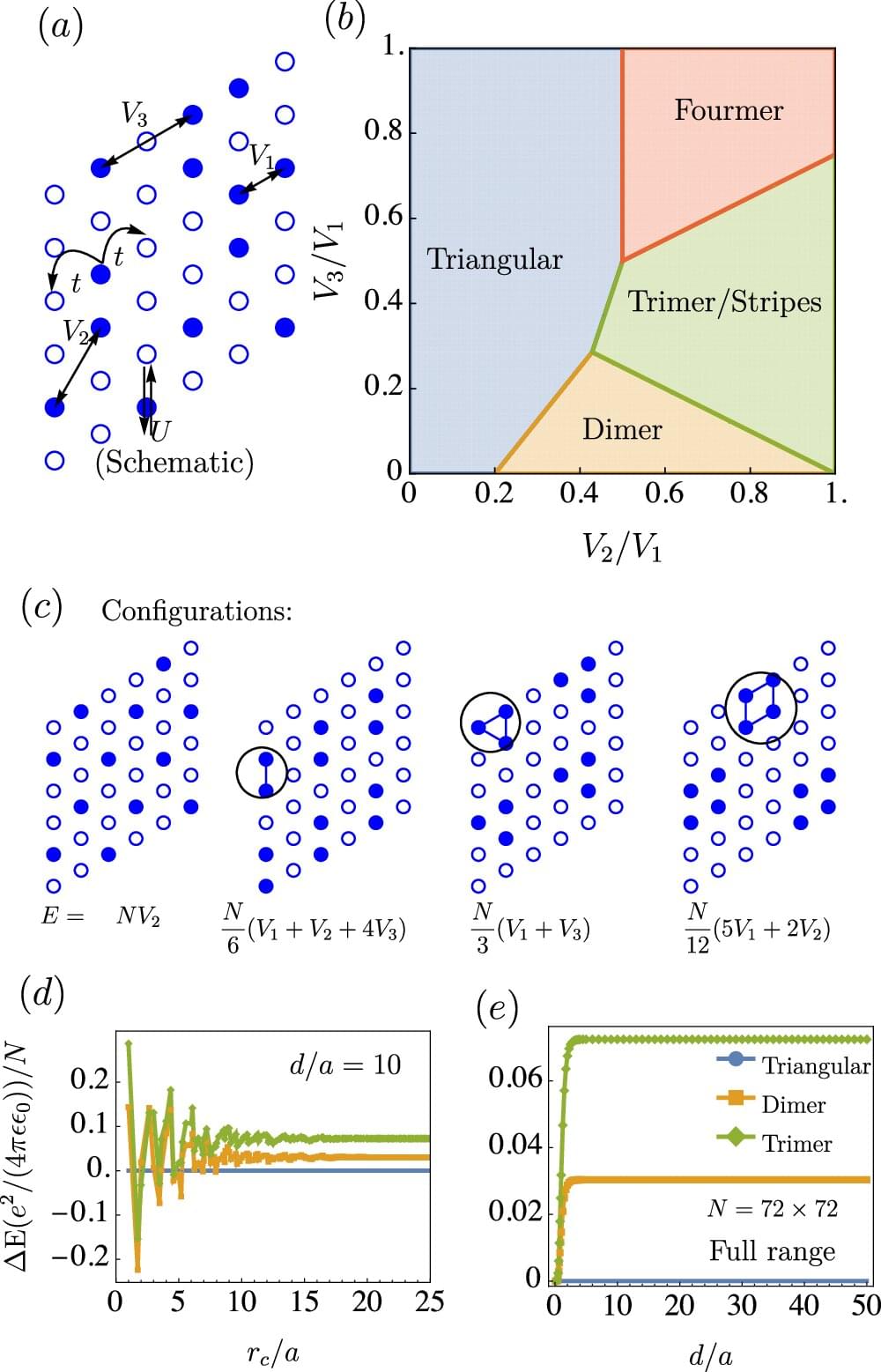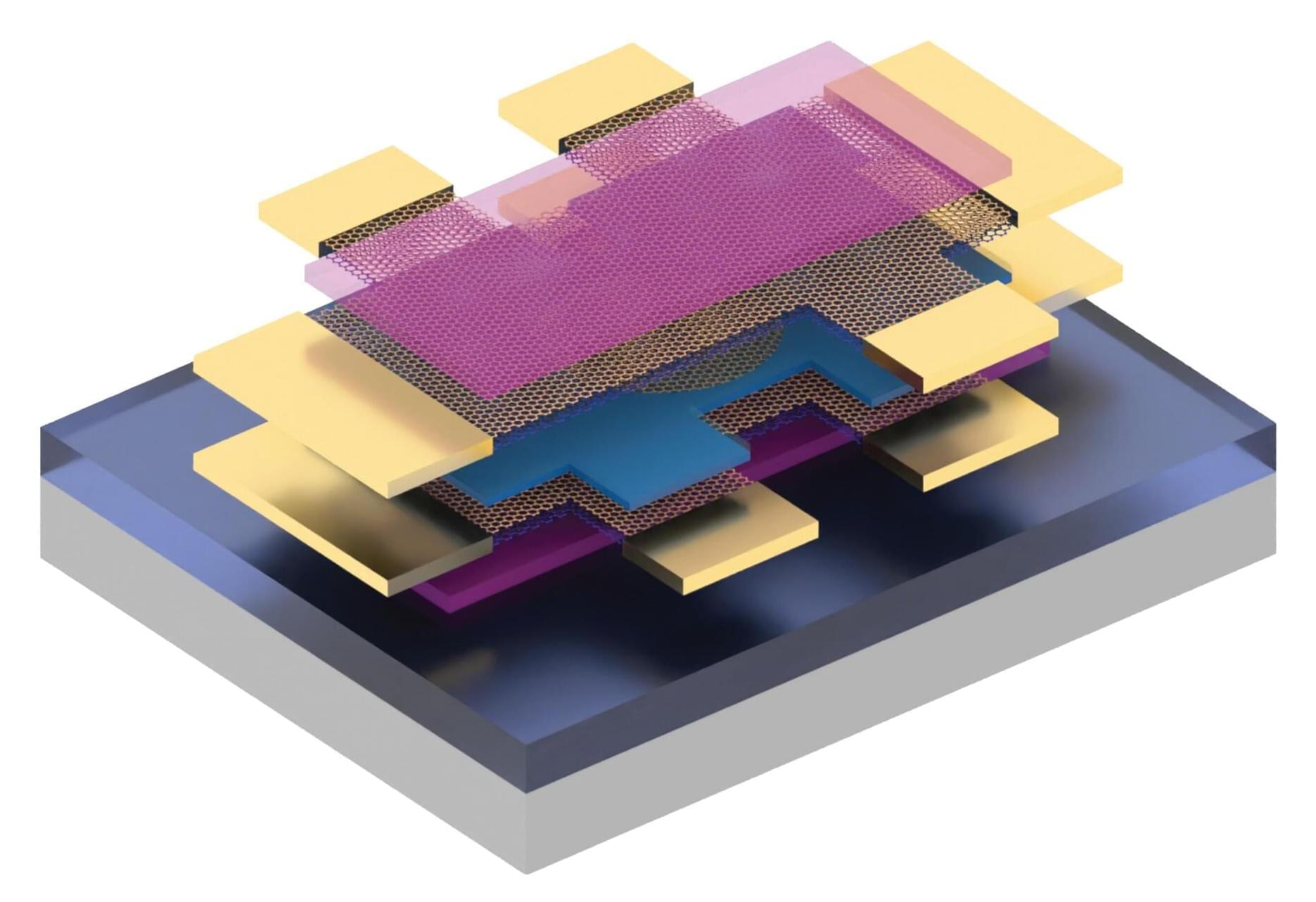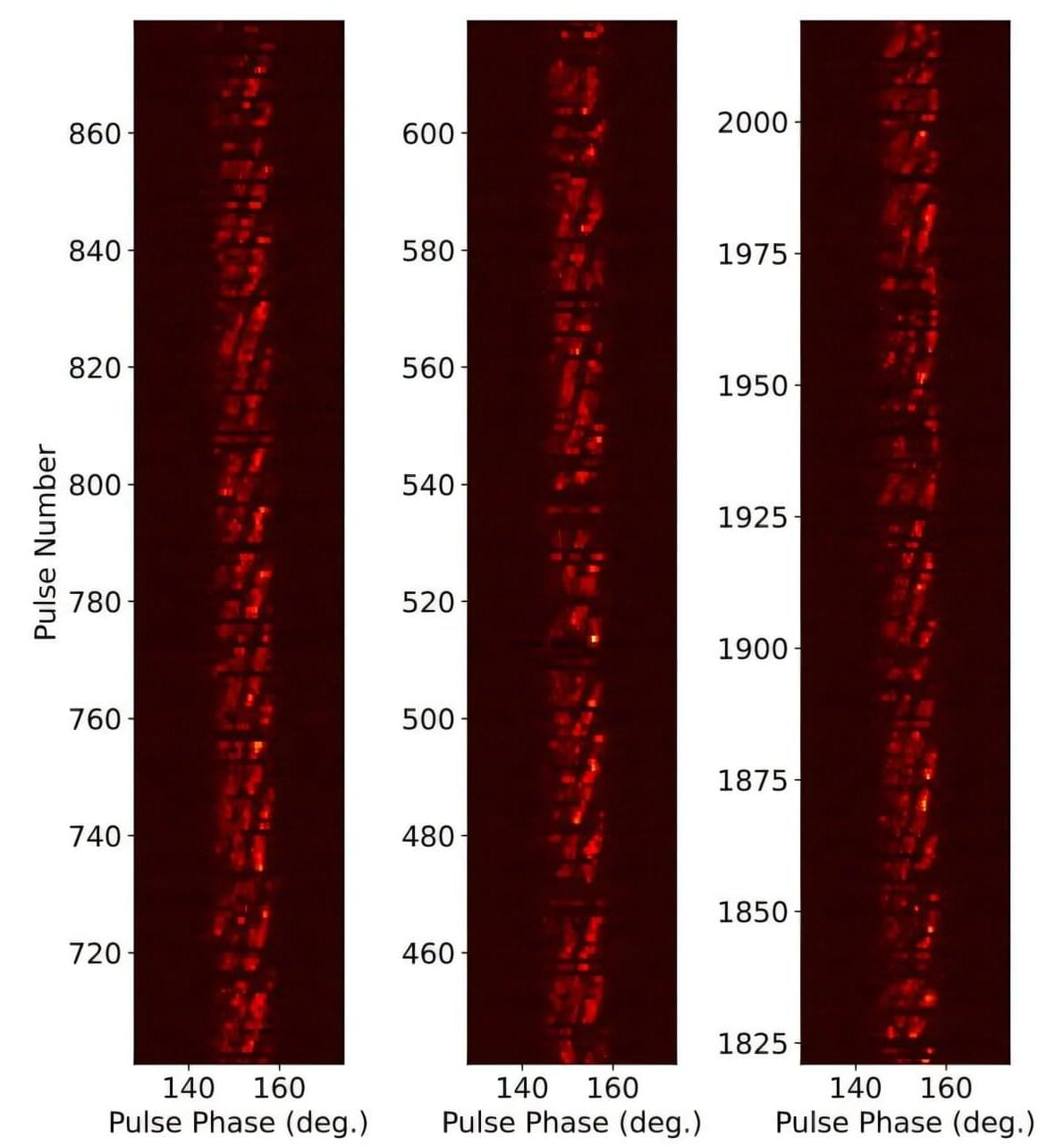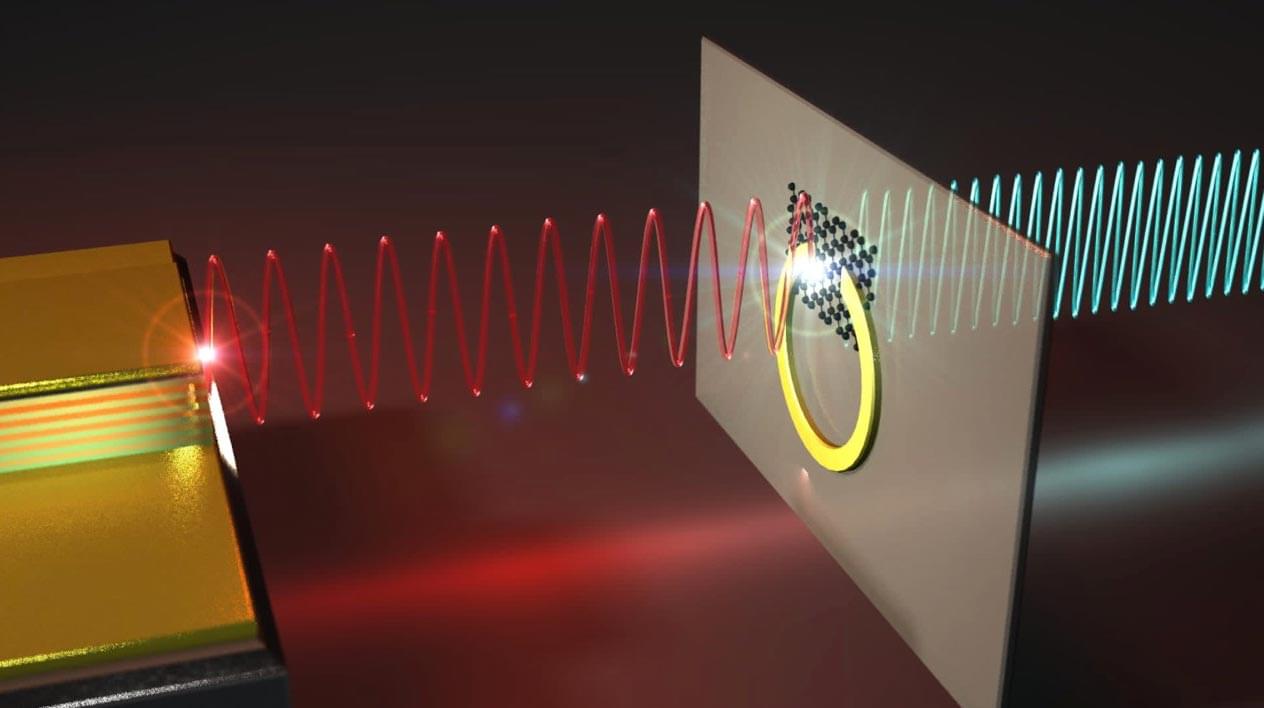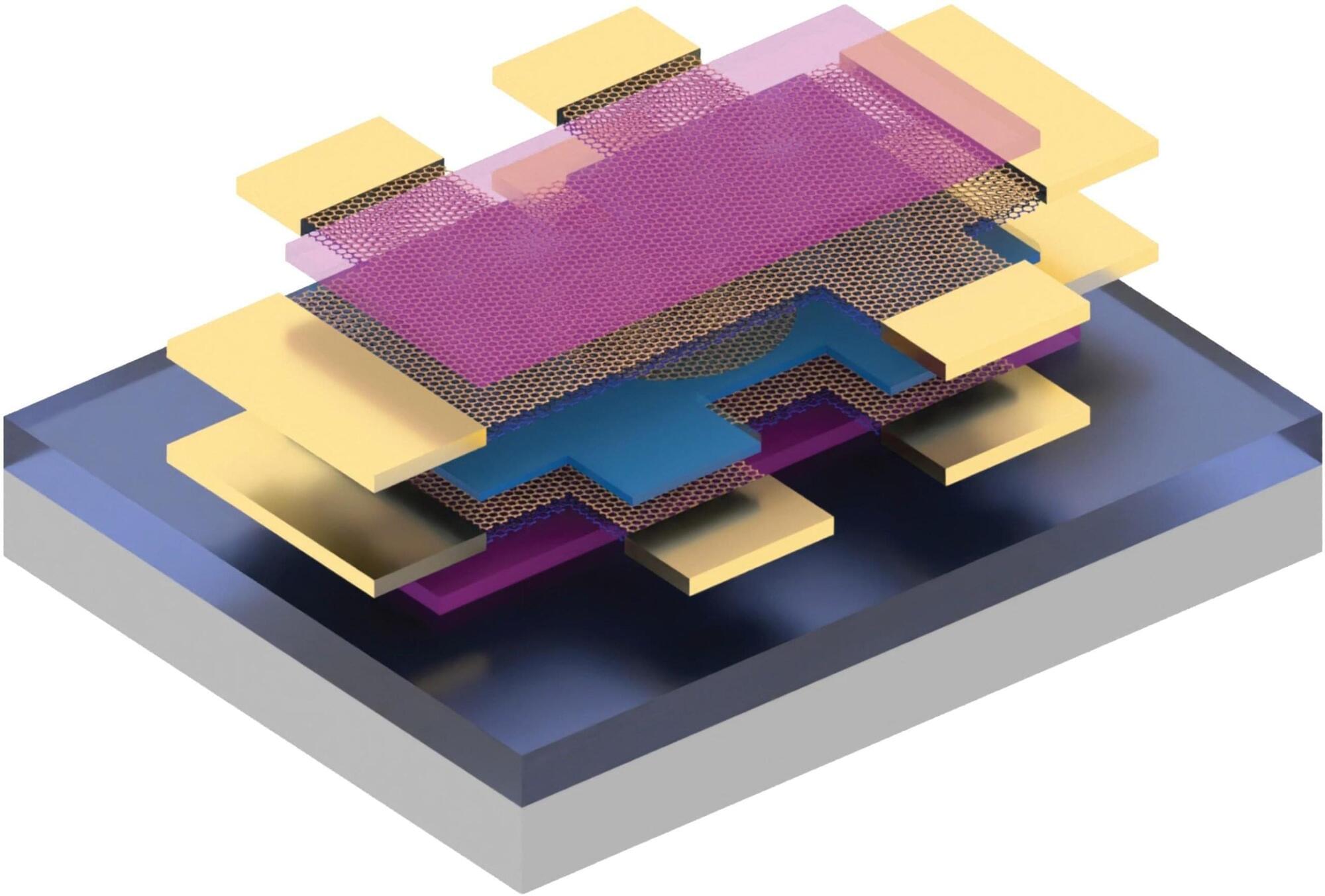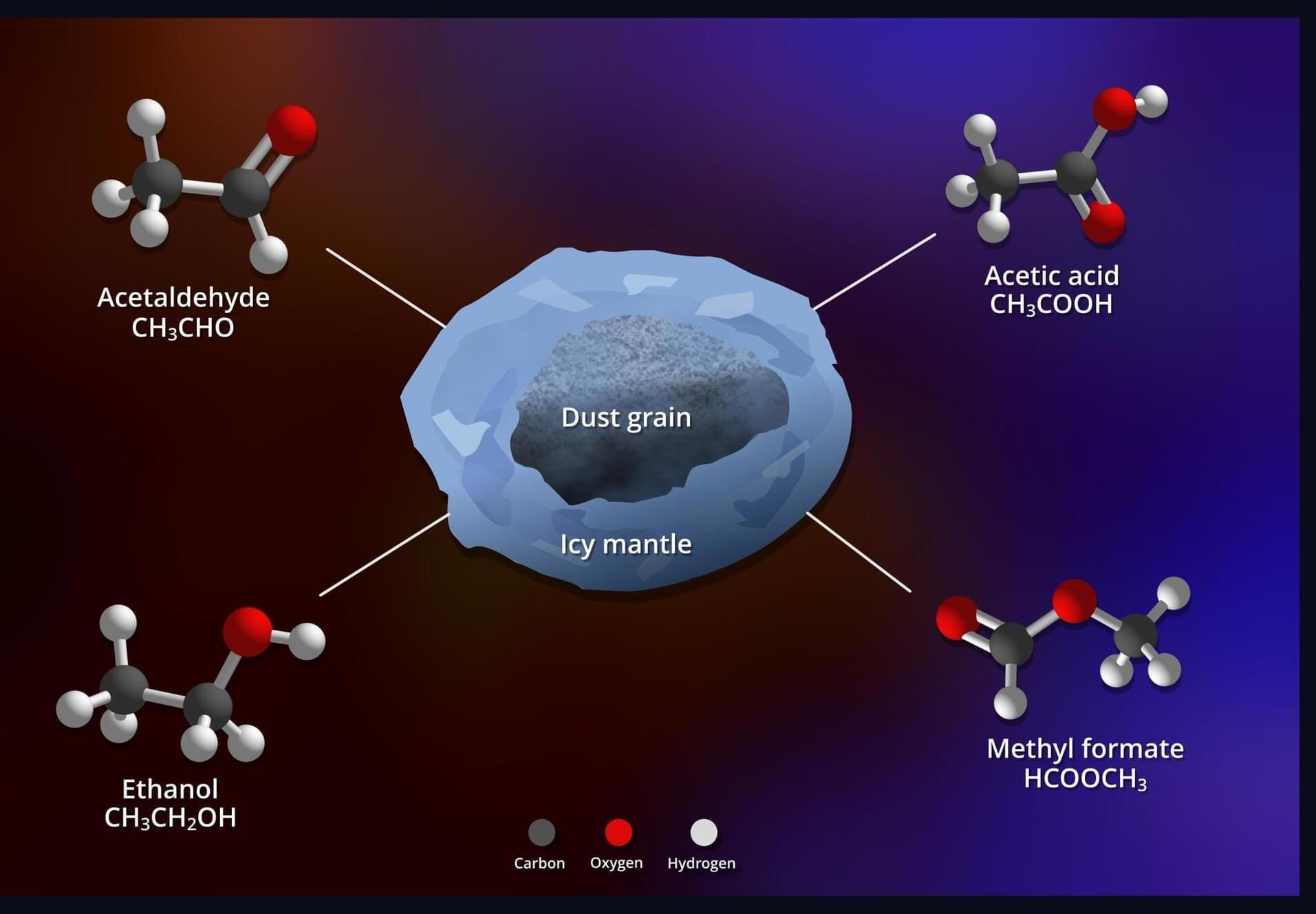Quantum computers are powerful, lightning-fast and notoriously difficult to connect to one another over long distances.
Previously, the maximum distance two quantum computers could connect through a fiber cable was a few kilometers. This means that, even if fiber cable were run between them, quantum computers in the University of Chicago’s South Side campus and downtown Chicago’s Willis Tower would be too far apart to communicate with each other.
Research published today in Nature Communications from University of Chicago Pritzker School of Molecular Engineering (UChicago PME) Asst. Prof. Tian Zhong would theoretically extend that maximum to 2,000 km (1,243 miles).

